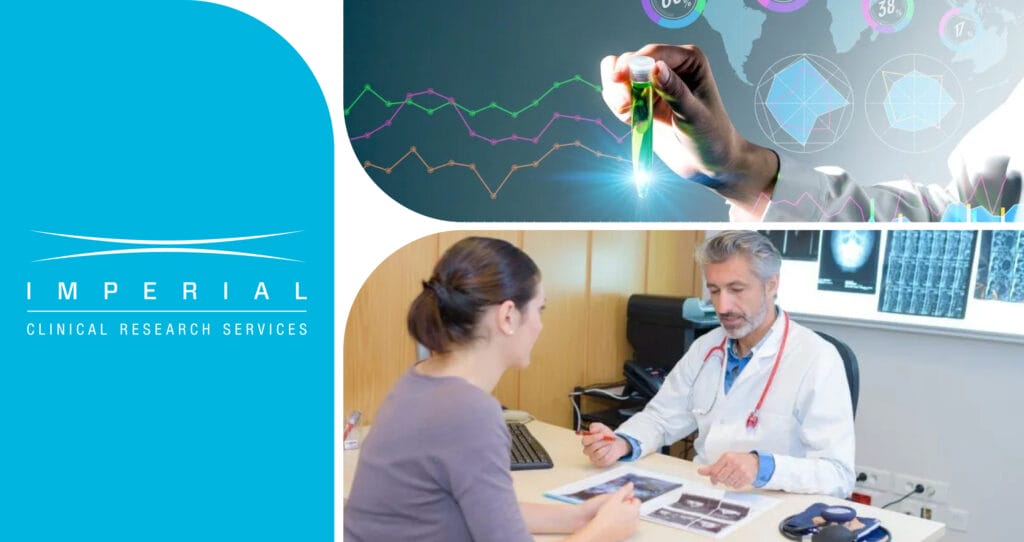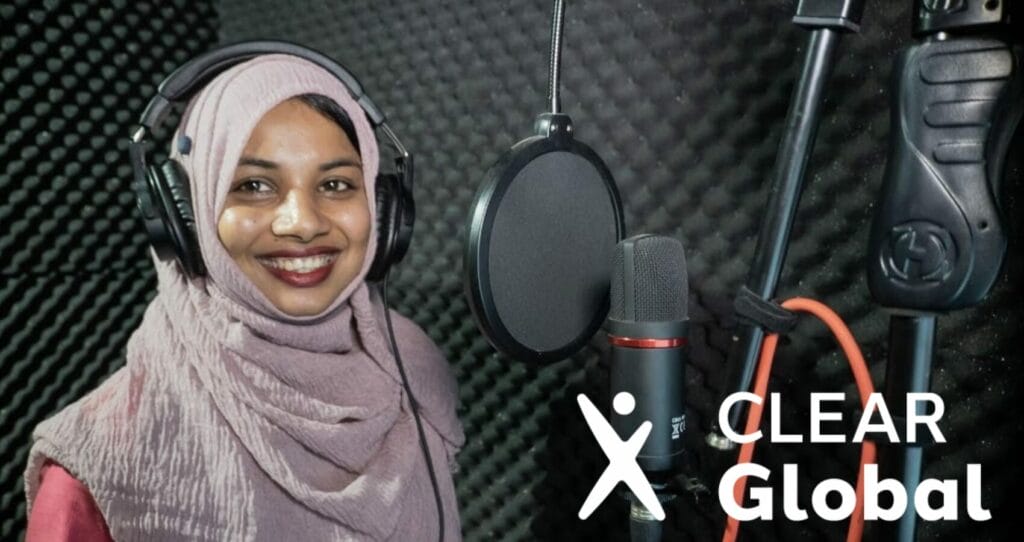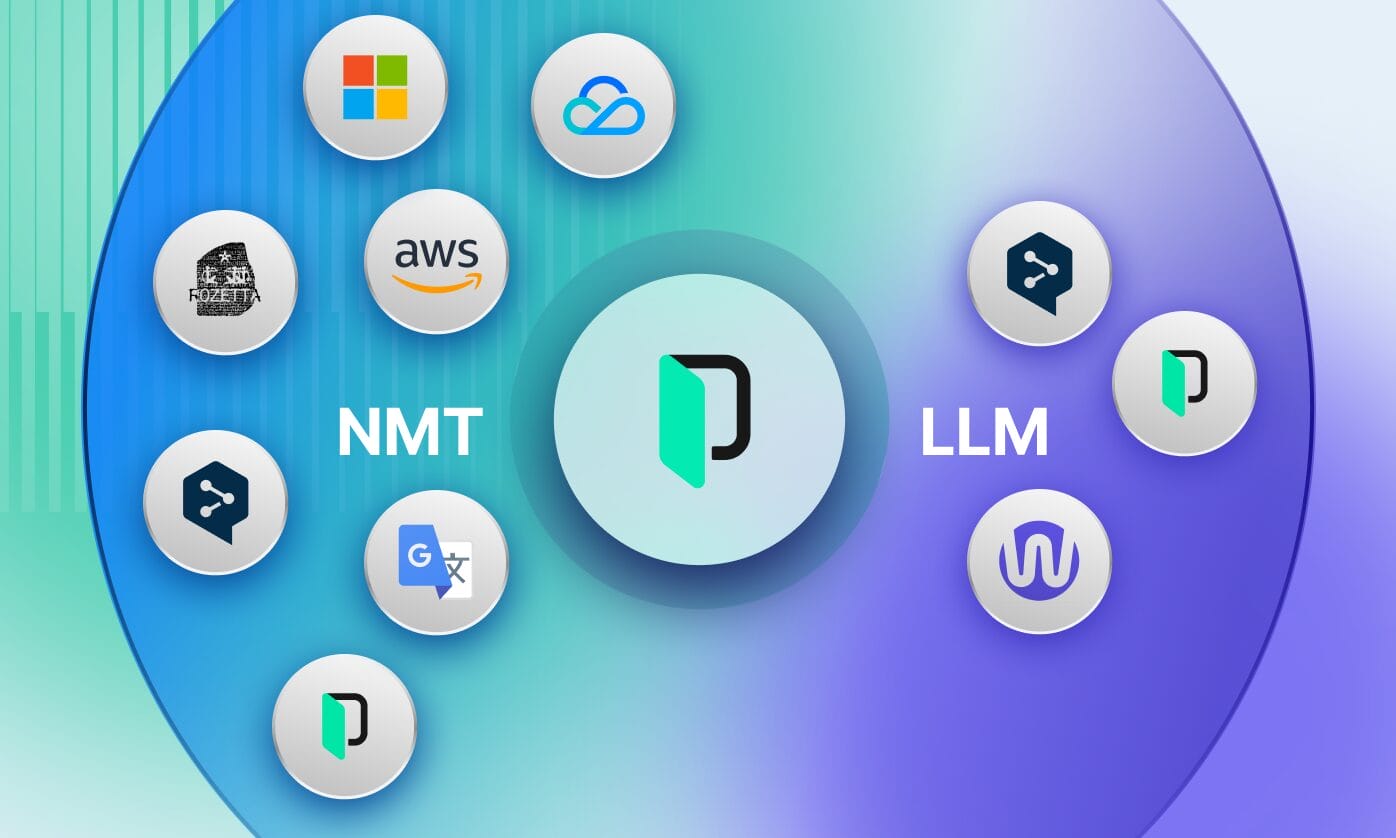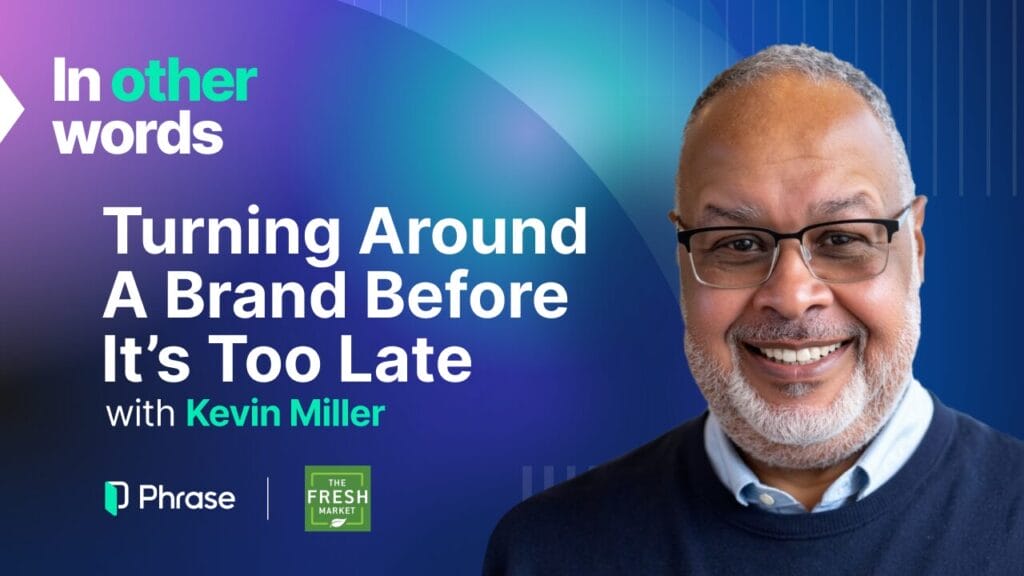Welcome to Part 2 of our ACA Section 1557 compliance series.
In our first post we explored what the new federal regulations mean for healthcare providers and why “meaningful access” to care is now a legal standard. In this article, we’ll dive into the specific language access tools and services that can help you meet those requirements—without adding unnecessary complexity.
From traditional interpretation providers to modern AI-powered platforms like Phrase, we’ll show you what’s available, how they compare, and how to choose the best fit for your organization.
Disclaimer
This guide is for informational purposes only and does not constitute legal, medical, or regulatory advice. While we strive to provide accurate and up-to-date information, compliance with ACA Section 1557 and other healthcare regulations requires careful interpretation of the law and professional guidance. Healthcare providers and organizations should consult with qualified legal counsel, compliance specialists, or medical professionals before implementing any language access policies or strategies. Phrase does not provide legal, medical, or clinical advice, and reliance on the information in this guide is at your own risk.
Language access solutions in 2025:
In today’s healthcare landscape, ensuring effective communication with patients who have Limited English Proficiency (LEP) is not just a regulatory requirement but a cornerstone of quality care. Let’s explore the traditional language access solutions available and how modern platforms (including Phrase) are enhancing these services to meet the evolving needs of healthcare providers.
Healthcare organizations have long relied on various interpretation services to bridge language gaps. Here’s a look at some of the prominent providers:
1. Boostlingo
- Services: Boostlingo offers on-demand video and over-the-phone interpretation in over 300 languages, including American Sign Language (ASL). Their interpreters undergo rigorous training, meet minimum experience requirements, and maintain HIPAA compliance. The platform boasts a 99.9% call satisfaction rate.
- Accessibility: Provides 24/7 access to qualified medical interpreters, ensuring timely communication support.
2. Jeenie
- Services: Jeenie connects healthcare providers with certified medical interpreters via a HIPAA-compliant platform accessible on any device. They offer services in over 300 languages, including ASL, typically connecting users with an interpreter within 30 seconds.
- Quality Assurance: All Jeenie interpreters have an average of four years of medical interpreting experience, are HIPAA certified, and are required to maintain a 4-star client rating to work on the platform.
3. Martti
- Services: Martti provides on-demand video and audio medical interpretation services, focusing on delivering qualified interpreters to healthcare settings to improve patient care and satisfaction.
- Specialization: Emphasizes quick connection times and a broad network of interpreters to meet diverse language needs in medical environments.
These traditional platforms have been instrumental in facilitating real-time communication between healthcare providers and LEP patients. However, as the demand for comprehensive language services grows, there’s a need for more integrated solutions that encompass not only interpretation but also translation of vital documents and digital content.
How Phrase enhances language access
The Phrase Localization platform goes beyond traditional interpretation services, with capabilities designed to meet the multifaceted language needs of healthcare organizations.
Practical examples of Phrase in action
Several organizations have successfully leveraged Phrase to overcome language barriers and enhance communication:
Knowing Neurons

Knowing Neurons is a platform dedicated to sharing neuroscience knowledge with the broader public.
Challenge: Neuroscience content was primarily available in English, limiting accessibility for global audiences.
Solution: By leveraging the Phrase Localization Platform, Knowing Neurons translated over 140 articles into Spanish, enabling the launch of a dedicated Spanish-language site. The project’s success has sparked translations into German and Turkish, with plans for further expansion.
Impact: The initiative received academic recognition, awards, and high engagement, demonstrating the power of AI-driven localization.
Read more about our work with Knowing Neurons >>>
Imperial Clinical Research Services

Imperial Clinical Research Services is a global leader in clinical trial solutions, specializing in translation, patient engagement, and study materials across 100+ countries.
Challenge: With a vast translation workload spanning 100+ languages and hundreds of linguists, Imperial sought to automate workflows, maintain control over translation memory, and improve efficiency while ensuring quality.
Solution: By implementing Phrase TMS, Imperial streamlined translation processes, reduced manual tasks, and improved workflow automation. Faster project completion, consistent translations, and robust quality assurance enhanced operational efficiency.
Impact: Reduced release cycle times, minimized troubleshooting, and a seamless transition with Phrase’s market-leading technology and support.
Read the full case study to see how Phrase TMS transformed Imperial’s translation operations >>>
CLEAR Global

CLEAR Global ensures vital information is accessible to all, regardless of language, by connecting NGOs with expert translation and technology solutions.
Challenge: As its humanitarian language services expanded, CLEAR Global needed a scalable, sophisticated translation management system to handle growing project complexity and better support its 100,000-strong volunteer network.
Solution: By implementing the Phrase Localization Platform, CLEAR Global streamlined translation workflows, enhanced efficiency, and provided its volunteers with access to professional translation tools. This transformation enabled faster, higher-quality translations, improving communication for global humanitarian efforts.
Impact: Increased operational speed, enhanced project visibility, and improved volunteer training have strengthened CLEAR Global’s mission.
Read the full case study to see how Phrase empowers global communication for social good >>>
By integrating Phrase into their operations, healthcare organizations can enhance their language access services, ensuring compliance with regulations and, more importantly, providing equitable care to all patients, regardless of language barriers.
Step-by-step compliance guide: Meeting ACA section 1557 Language Access requirements
Healthcare organizations need a clear, actionable strategy to comply with the updated ACA Section 1557 language access requirements. In the following section, we’ll walk you through each step, helping you ensure compliance while improving patient communication and care.
You can use the following sections of this guide as a checklist to help verify your organization’s compliance efforts.
Step 1: Build a compliant Language Access Plan (LAP)
A Language Access Plan (LAP) is the foundation of compliance. It outlines how your organization will provide language assistance services (LAS) to Limited English Proficient (LEP) individuals.
What to include in your LAP:
- Assessment of language needs: Identify the most commonly spoken languages in your service area. Use census data, patient records, and surveys.
- Policies and procedures: Define how you will provide interpretation and translation services for patients.
- Roles and responsibilities: Assign a Language Access Coordinator to oversee compliance and implementation.
- Language assistance resources: List available interpreters, translation tools, and digital language services.
- Training program: Plan regular staff training on language access laws, technology, and best practices.
- Ongoing evaluation: Establish a system to track language access service requests, utilization rates, and patient feedback to measure success.
Pro Tip:
Your LAP should be a living document—regularly update it based on patient demographics, staff feedback, and compliance reviews.
Step 2: Translate and update vital documents
Under ACA Section 1557, all critical patient-facing documents must be available in multiple languages.
What counts as a “Vital Document”?
- Patient intake forms
- Consent forms (surgery, treatment, billing, etc.)
- Discharge instructions
- Medication labels and pharmacy instructions
- Health insurance applications
- Financial assistance policies
- Notices of nondiscrimination and language access services
How to ensure accuracy and compliance
- Prioritize the most common languages spoken by your patients. Use census data, EHR records, and community surveys to determine which languages are needed.
- Use AI-powered translation tools (like Phrase) to streamline document translation—but ensure a human translator reviews all critical content.
- Maintain consistency with translation memory and terminology management to ensure accurate medical terms across all materials.
- Review translations annually to update medical, regulatory, or procedural changes.
Step 3: Website translation best practices
Your website is a primary access point for patients. Under the new regulations, healthcare providers must ensure multilingual accessibility for online resources.
However, the regulations do not mandate the translation of entire websites but focus on key information necessary for meaningful access.
Key website translation requirements
- Homepage and key sections: Your homepage should feature a clear link to language assistance services in the top 15 most commonly spoken languages in your state.
- Online Patient Forms: Ensure appointment booking, insurance applications, and consent forms are translated.
- Health and treatment information: Provide patient education materials in multiple languages.
- Machine translation with human review: AI-driven translation can speed up content delivery, but a qualified human must review critical pages for accuracy.
- SEO optimization for multilingual content: Ensure translated pages are indexed properly in search engines so LEP individuals can find them easily.
Step 4: Establish a system for Language Access Service (LAS) requests
Patients must be able to request language assistance easily—whether online, by phone, or in person.
How to set up a request system:
- Add a “Request an Interpreter” button to your website: Patients should be able to request spoken or sign language interpreters when booking appointments.
- Train Frontline Staff: Receptionists, nurses, and scheduling teams must know how to access LAS services quickly.
- Use a dedicated language access hotline: A direct phone line ensures fast, 24/7 interpreter access.
- Ensure multi-platform access: Patients should be able to request services via EHR systems, telehealth platforms, or patient portals.
Step 5: Training staff on compliance and technology
Even the best language access plan won’t work if your staff don’t know how to use it.
Essential training topics for healthcare staff:
- Legal compliance: Ensure employees understand ACA Section 1557 requirements and their legal responsibilities.
- How to identify LEP patients: Staff must know how to recognize when a patient needs language support and how to offer services proactively.
- Using interpretation services: Train staff on how to request interpreters (onsite, phone, or video).
- Handling emergency situations: Ensure ER and urgent care teams know how to access interpreters instantly.
- Using AI translation and digital tools: Teach staff how to use AI-powered translation platforms while ensuring human review for critical documents.
- Cultural competency: Educate staff on respectful and effective cross-cultural communication.
Pro tip:
Use e-learning platforms and quarterly refresher courses to ensure training remains up-to-date.
Final checklist: Is your organization compliant?
🔲 You have a documented Language Access Plan (LAP).
🔲 Vital documents are translated and updated regularly.
🔲 Your website provides multilingual access to essential healthcare information.
🔲 Patients can easily request language assistance services.
🔲 Your staff are trained on compliance, interpretation, and translation tools.
If you checked all the boxes—your organization is on the right path to full compliance!
Next steps: Stay ahead of compliance requirements
Staying compliant with ACA Section 1557 doesn’t have to be overwhelming. By integrating AI-powered translation tools, automated workflows, and trained interpreters, healthcare providers can make compliance simple and scalable.
In our next post in this series, we’ll explore the key metrics you’ll need to track to be considered compliant, and look at a typical day in the life of a compliant healthcare provider.
Learn how Phrase can support your multilingual compliance efforts
Disclaimer
This guide is for informational purposes only and does not constitute legal, medical, or regulatory advice. While we strive to provide accurate and up-to-date information, compliance with ACA Section 1557 and other healthcare regulations requires careful interpretation of the law and professional guidance. Healthcare providers and organizations should consult with qualified legal counsel, compliance specialists, or medical professionals before implementing any language access policies or strategies. Phrase does not provide legal, medical, or clinical advice, and reliance on the information in this guide is at your own risk.








